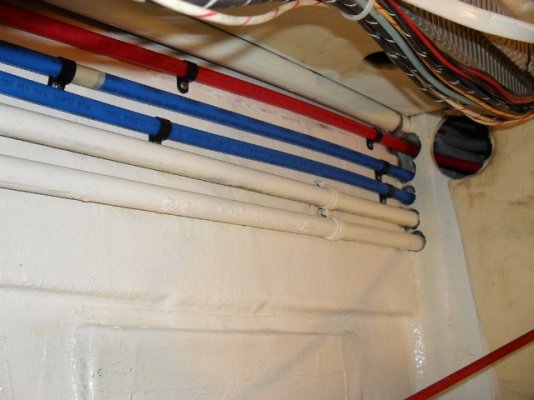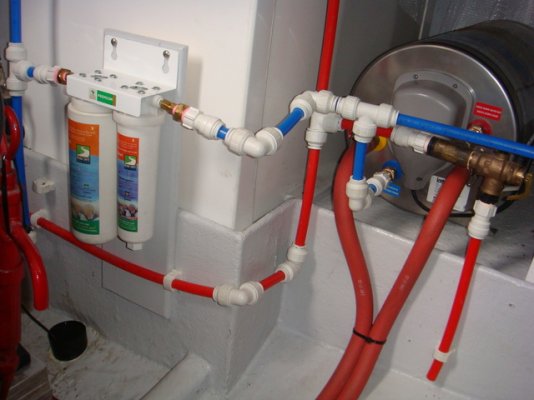Fotoman
Guru
- Joined
- Nov 12, 2009
- Messages
- 649
I'm making some improvements on my bathroom and i am moving the faucet (it was placed in a weird spot originally). Because of that, I have to change a bit of line under the sink. One thing leading to another, I am thinking of re-plumbing everything (old copper lines). It's not that big of a job because everything is accessible and pretty close (less than 20 feet of line all together).
Now my question is, what should I use? Copper, pex, something else?
Now my question is, what should I use? Copper, pex, something else?
Last edited:





